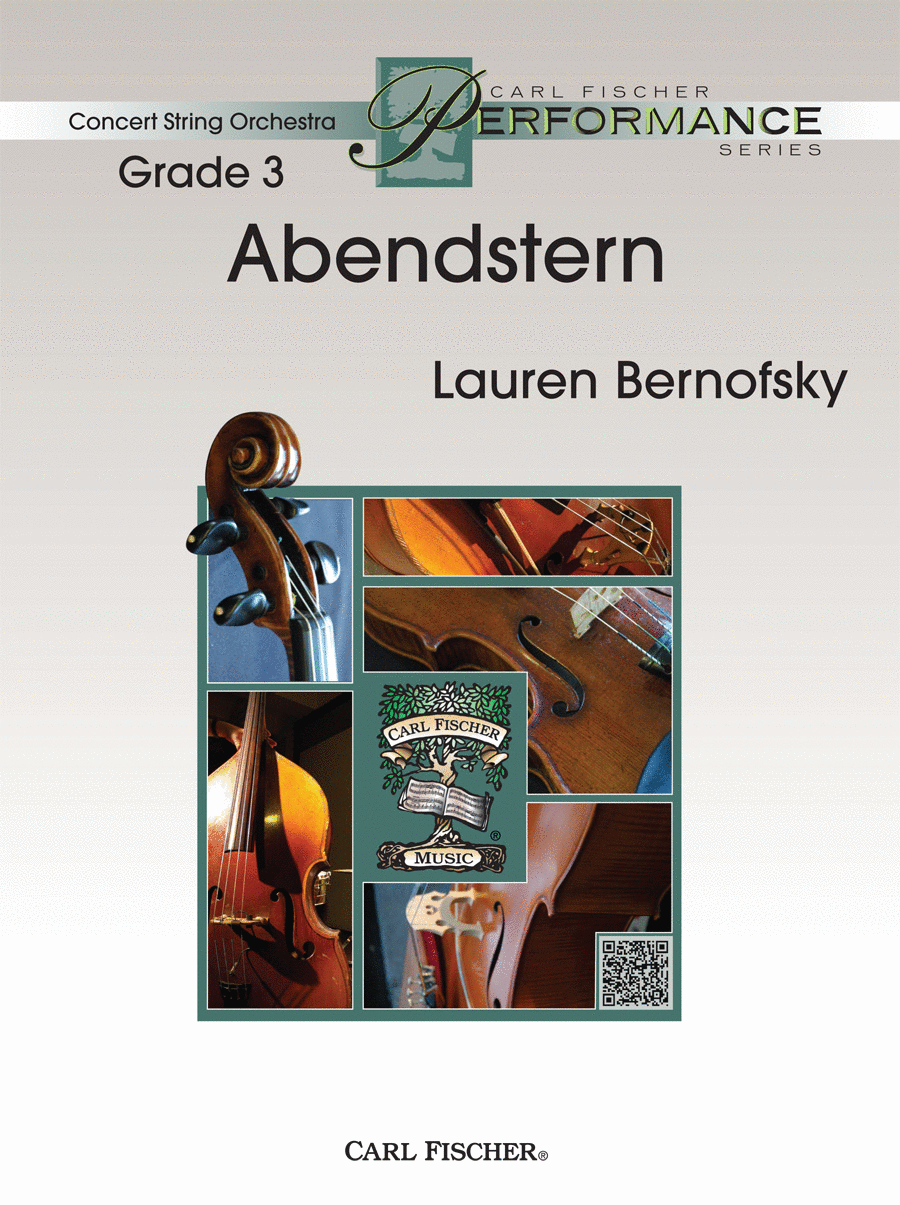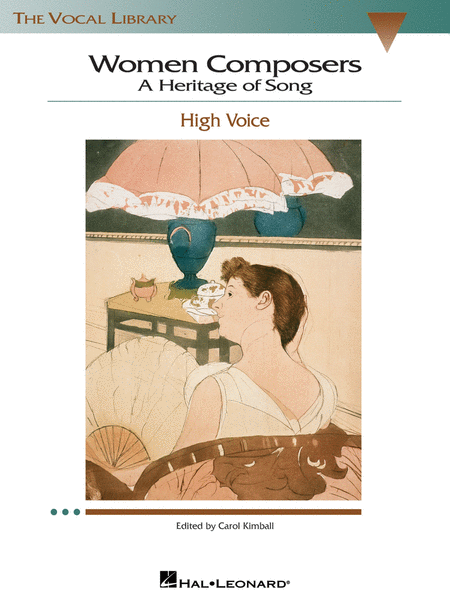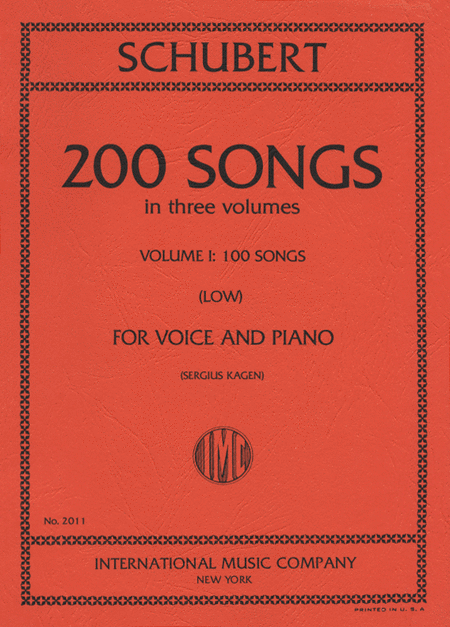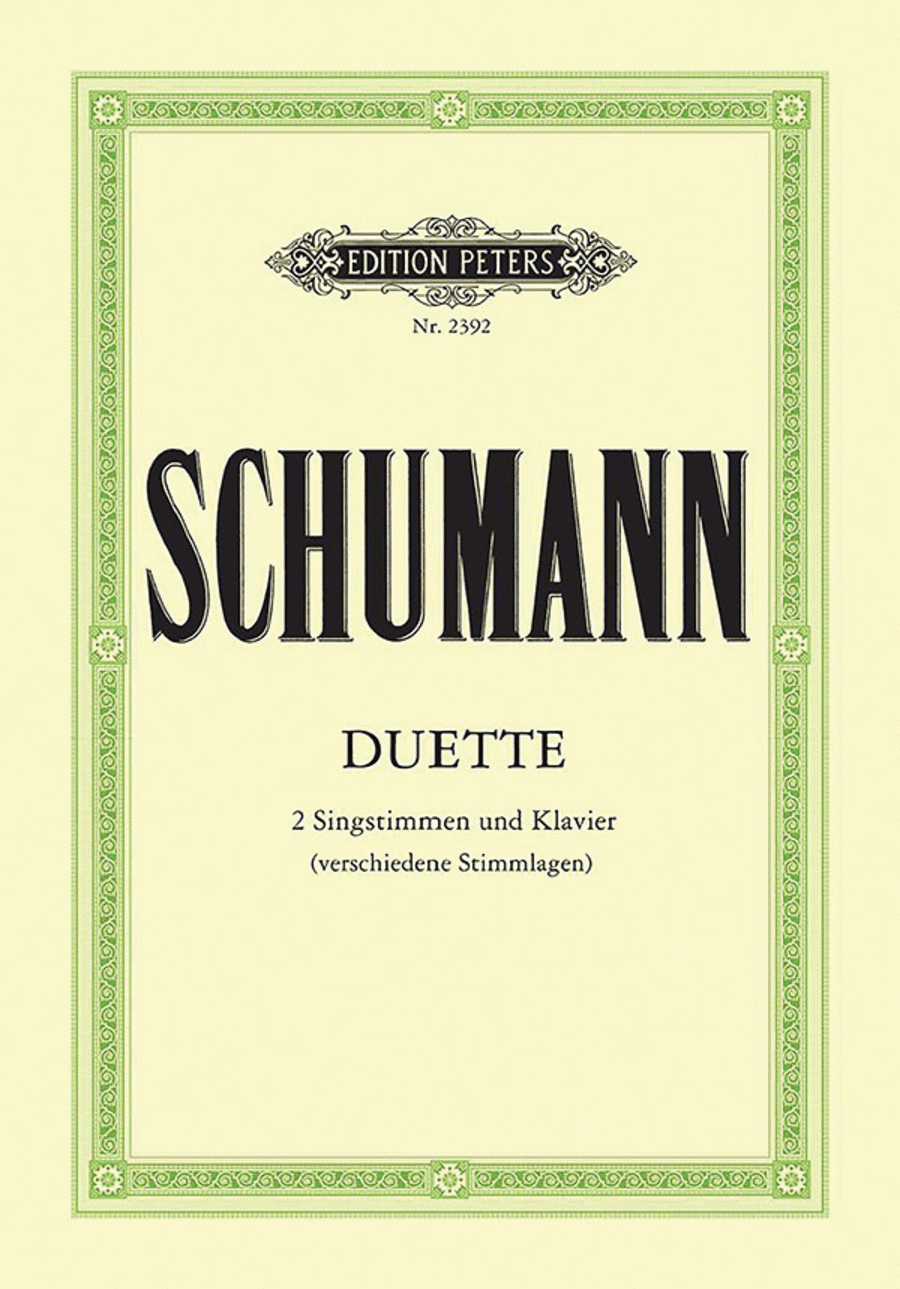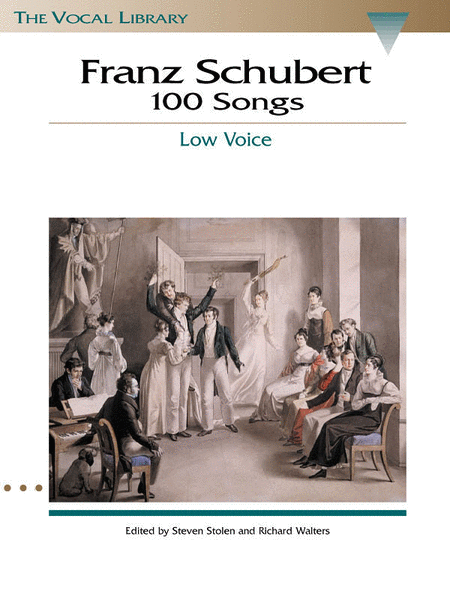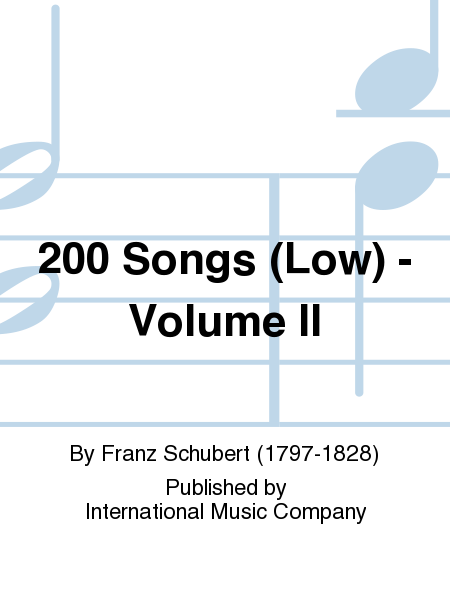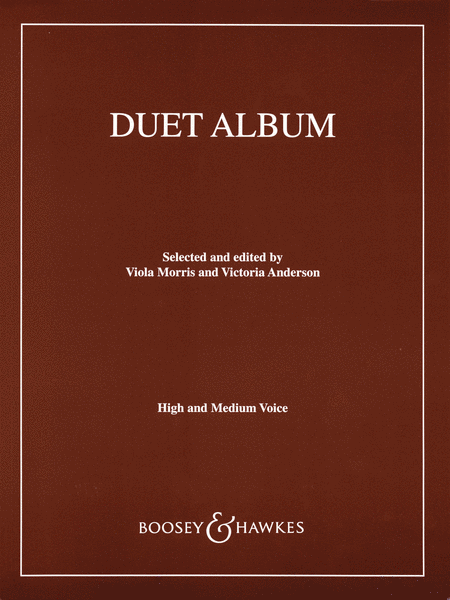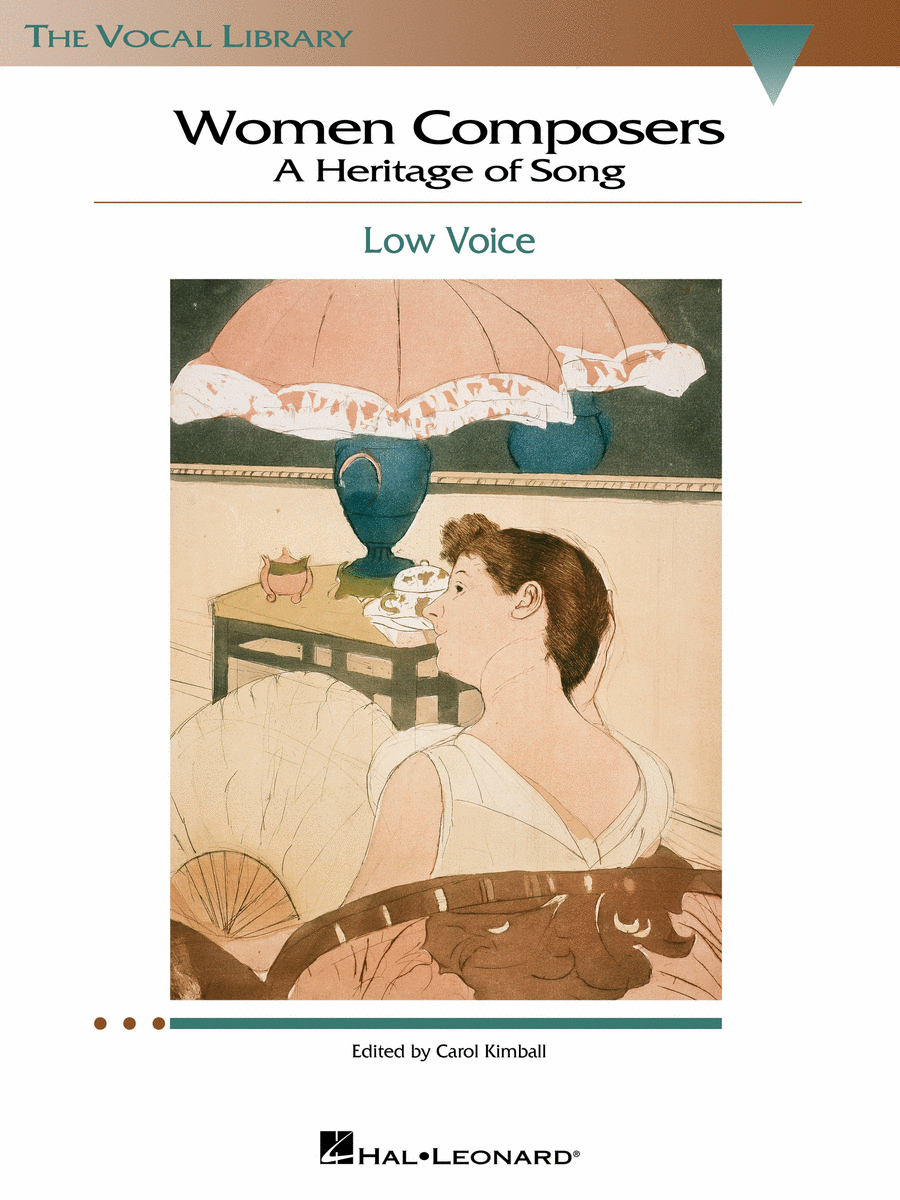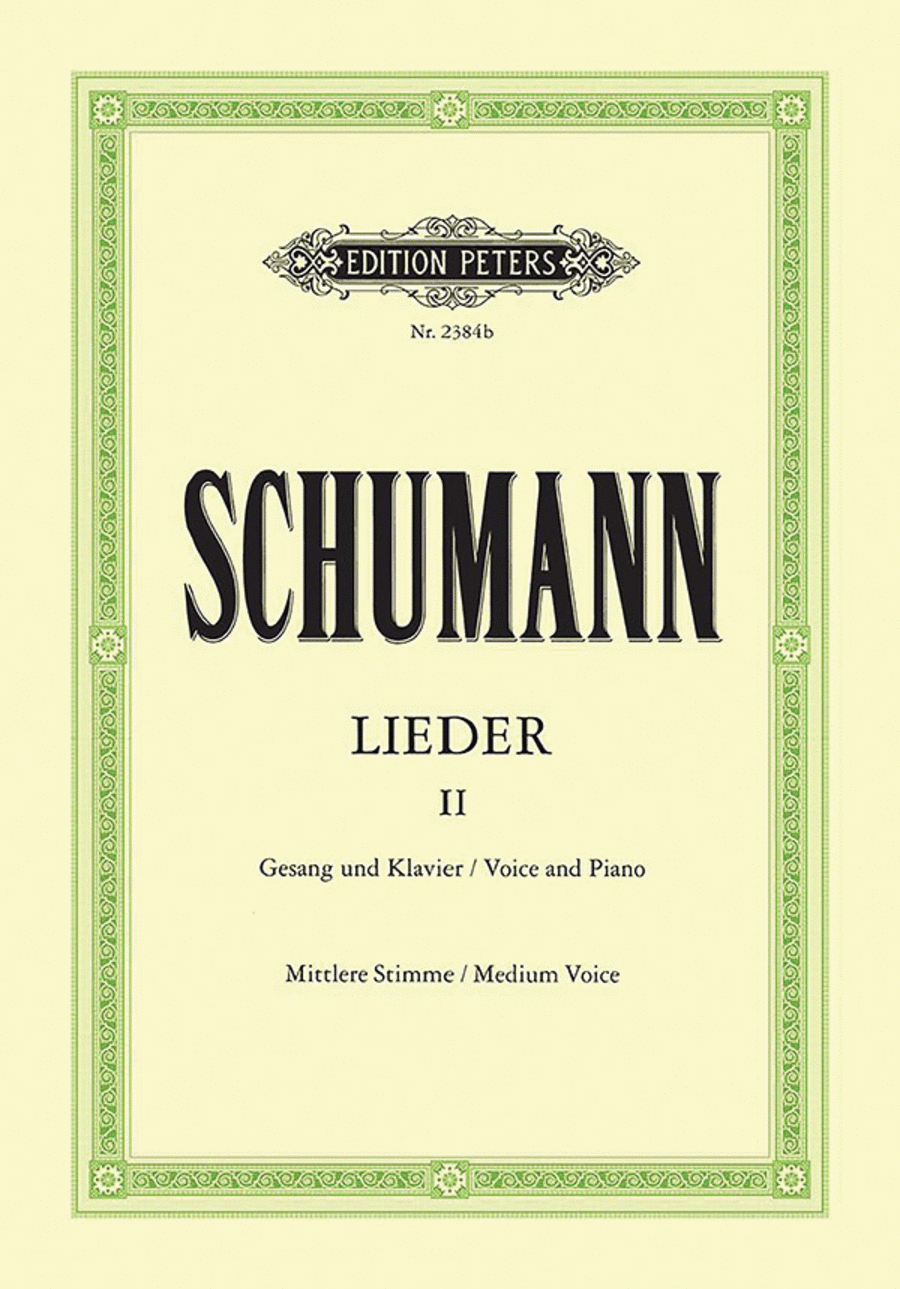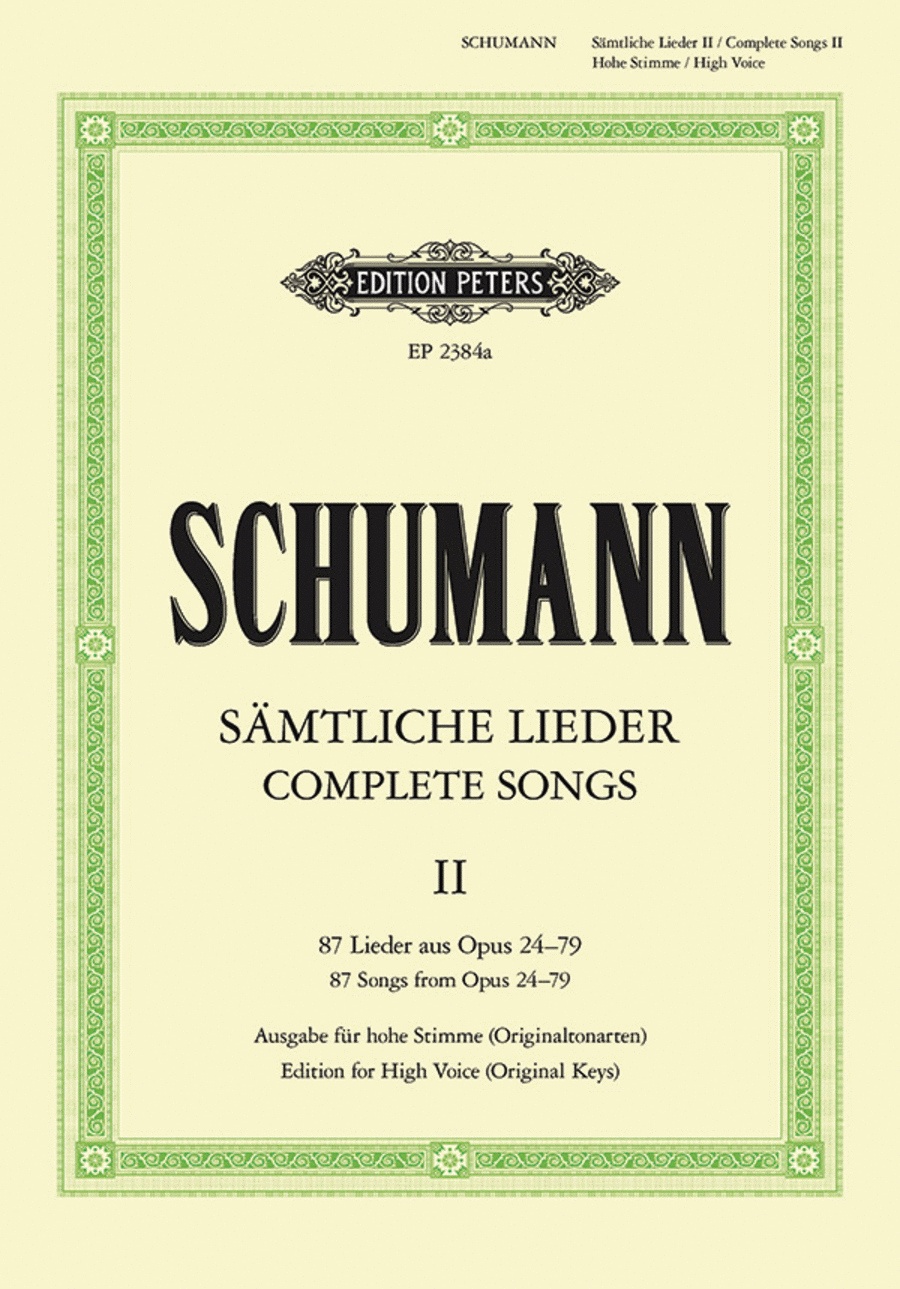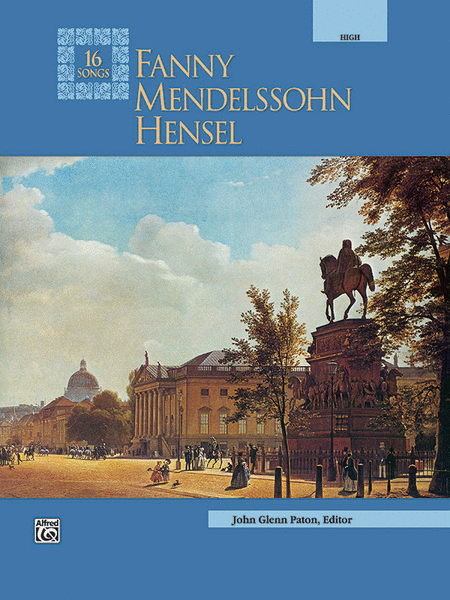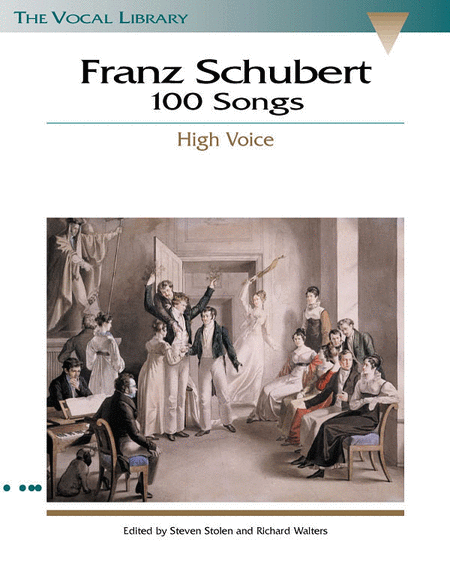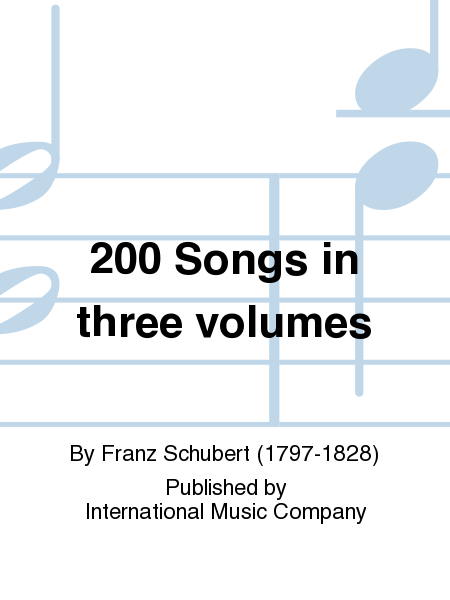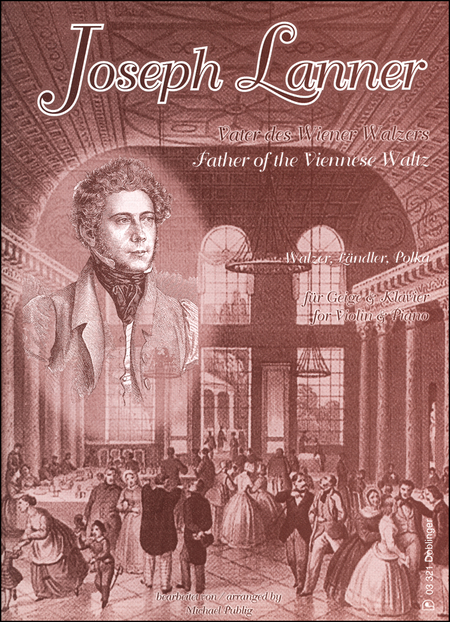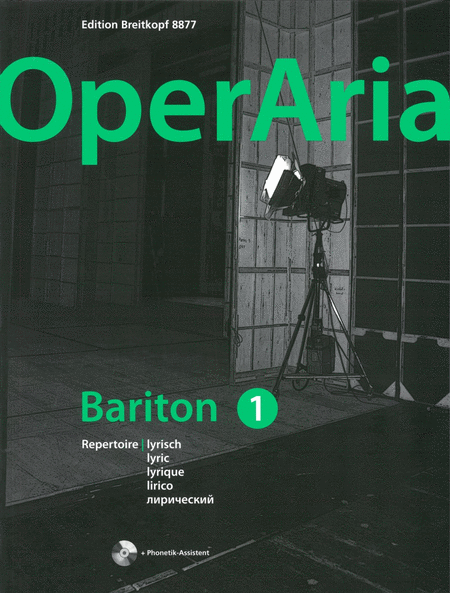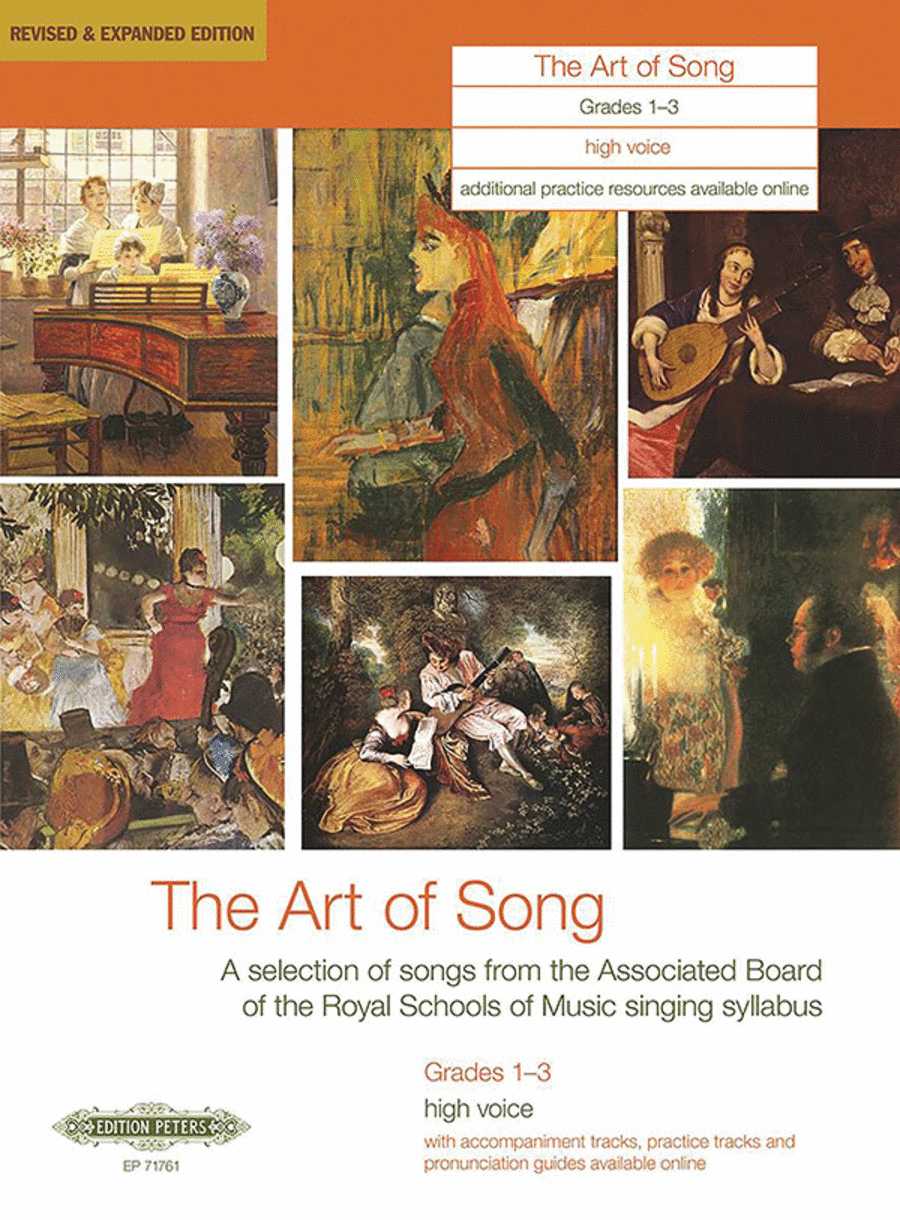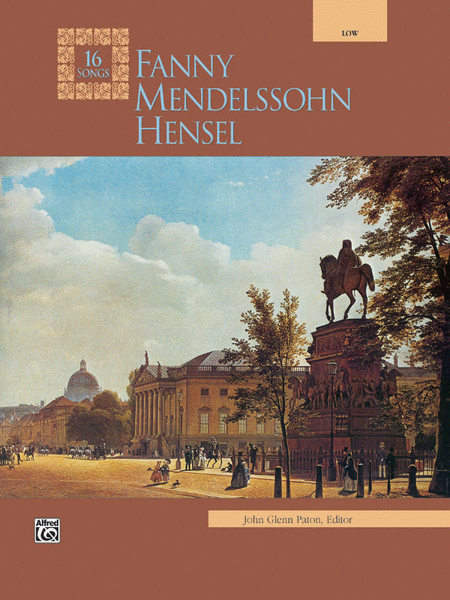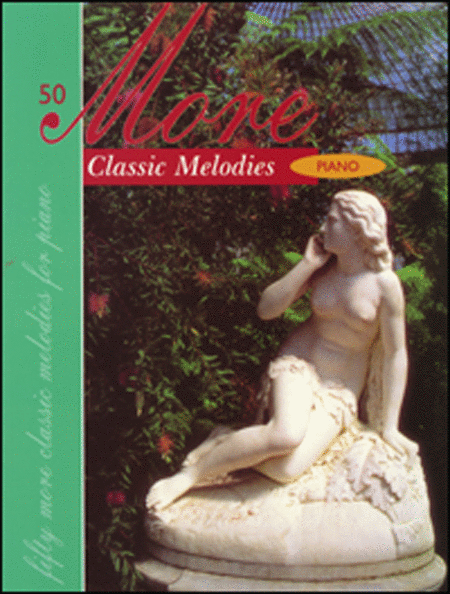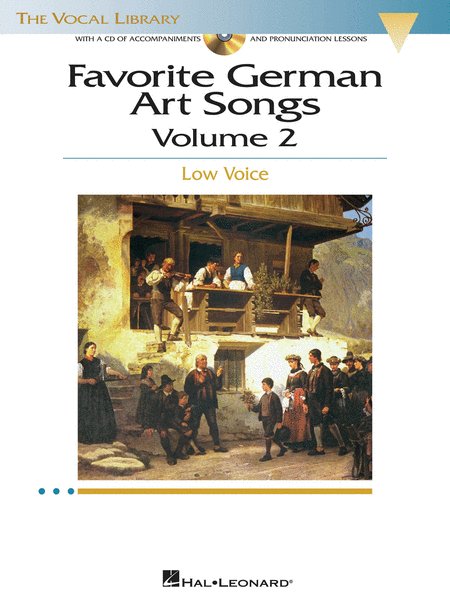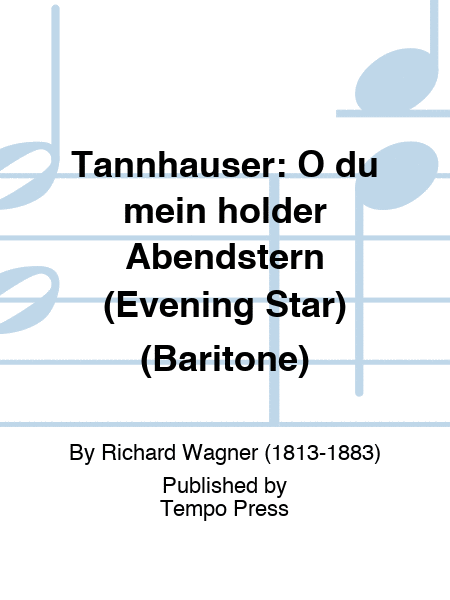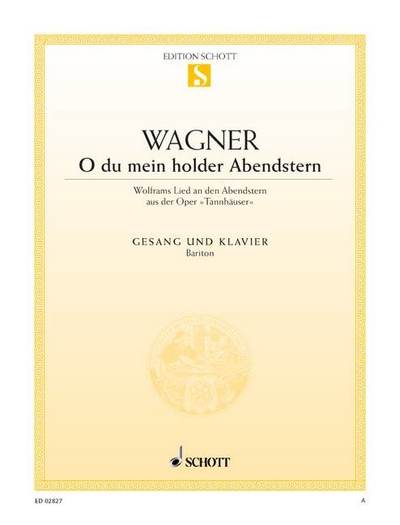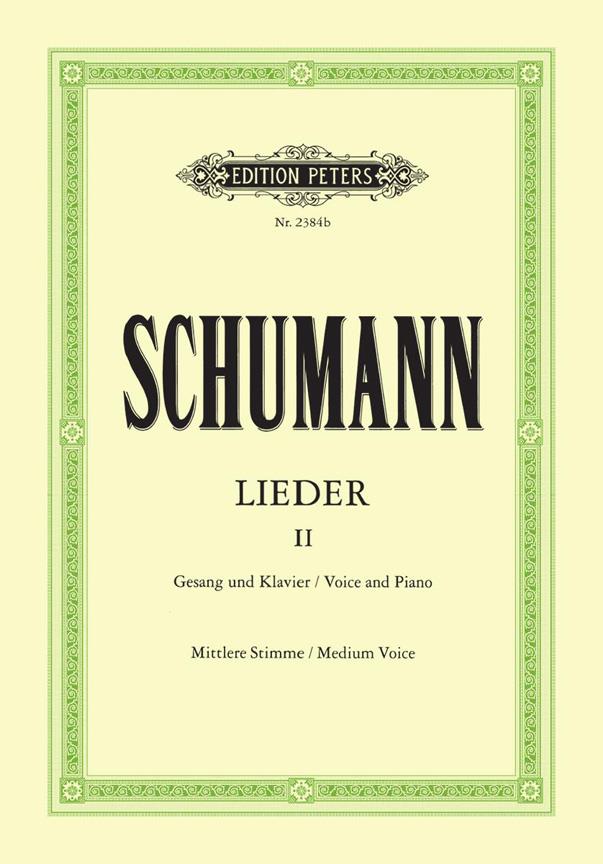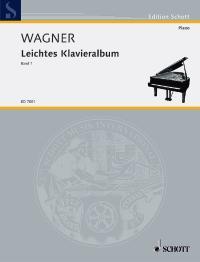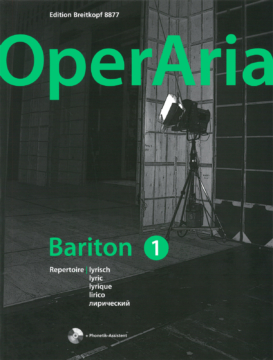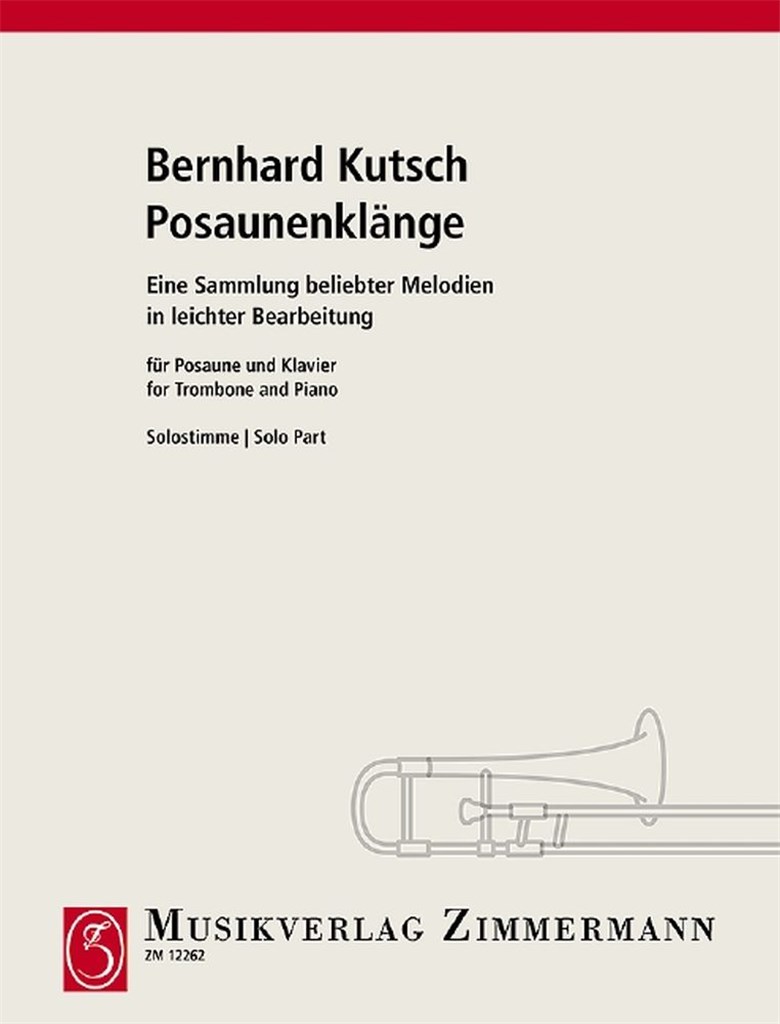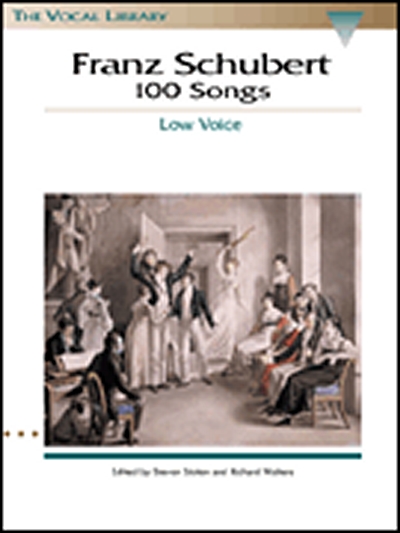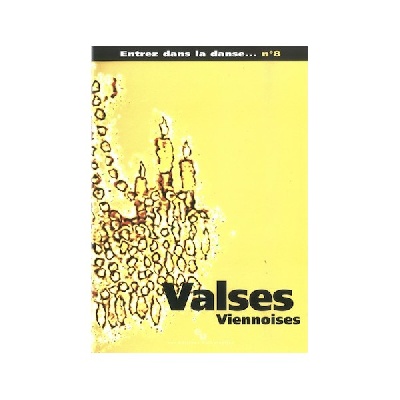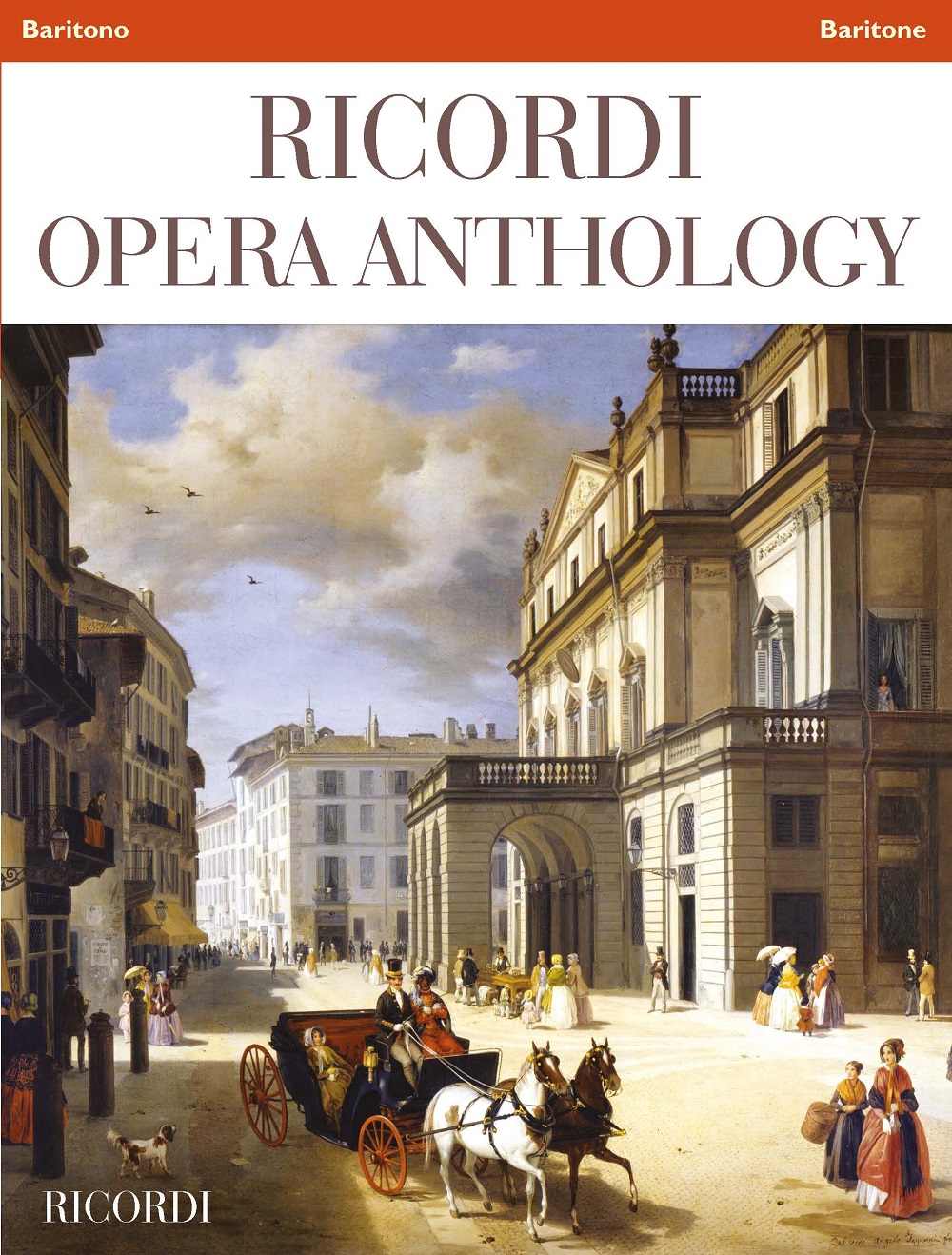Orchestra violin 1, violin 2, violin 3, viola, cello, bass - Grade 3
SKU: CF.CAS117
Composed by Lauren Bernofsky. Concert String Orchestra (CAS). Set of Score and Parts. With Standard notation. 8+8+2+5+5+5+8 pages. Duration 3 minutes, 59 seconds. Carl Fischer Music #CAS117. Published by Carl Fischer Music (CF.CAS117).
ISBN 9781491153291. UPC: 680160910793. 9 x 12 inches. Key: A major.
Abendstern, composed by Lauren Bernofsky,?evokes an image of a sunset over the tree-covered hills of the Bavarian countryside with the Abendstern, or evening star, shining brightly over the scene. A hauntingly beautiful theme in falling thirds?evokes the treetops as they become darker and murkier. This piece is a wonderful addition to any concert program and can be used as a touching?tribute at a memorial service.
One summer night during a visit to Bavaria in southern Germany, I stood outside on a balcony overlooking the hills of the Bavarian forest, watching the beautiful early-evening sky. It was still light out, but I could make out one solitary star in the sky. As the sun slowly went down, the landscape became more and more dark and indistinct, and the star shone brighter and brighter. My mother-in-law stood there with me. I asked her the name of the star, and she answered, Abendstern (or Evening Star.) I was so moved by what I saw, I went inside and took out my manuscript paper and started to write down this piece. The tree-covered hills and tranquility of the evening are evoked by the theme, whose contour (with little bumps) mirrors the contour of the treetops on the hills. The star is represented by the sustained note E; at the beginning of the piece, it can be heard in a low register in the violas, and over the course of the piece, it is heard in higher and higher octaves, as the star shines ever more brightly. By the end, the landscape has disappeared into the darkness, and now all we see is the star, shining its brightest, and played by the upper strings, now harmonized to convey its brilliant light..
One summer night during a visit to Bavaria in southern Germany, I stood outside on a balcony overlooking the hills of the Bavarian forest, watching the beautiful early-evening sky. It was still light out, but I could make out one solitary star in the sky. As the sun slowly went down, the landscape became more and more dark and indistinct, and the star shone brighter and brighter. My mother-in-law stood there with me. I asked her the name of the star, and she answered, Abendstern (or Evening Star.) I was so moved by what I saw, I went inside and took out my manuscript paper and started to write down this piece. The tree-covered hills and tranquility of the evening are evoked by the theme, whose contour (with little bumps) mirrors the contour of the treetops on the hills. The star is represented by the sustained note E; at the beginning of the piece, it can be heard in a low register in the violas, and over the course of the piece, it is heard in higher and higher octaves, as the star shines ever more brightly. By the end, the landscape has disappeared into the darkness, and now all we see is the star, shining its brightest, and played by the upper strings, now harmonized to convey its brilliant light..
One summer night during a visit to Bavaria in southern Germany, I stood outside on a balcony overlooking the hills of the Bavarian forest, watching the beautiful early-evening sky. It was still light out, but I could make out one solitary star in the sky. As the sun slowly went down, the landscape became more and more dark and indistinct, and the star shone brighter and brighter. My mother-in-law stood there with me. I asked her the name of the star, and she answered, Abendstern (or Evening Star.) I was so moved by what I saw, I went inside and took out my manuscript paper and started to write down this piece. The tree-covered hills and tranquility of the evening are evoked by the theme, whose contour (with little bumps) mirrors the contour of the treetops on the hills. The star is represented by the sustained note E; at the beginning of the piece, it can be heard in a low register in the violas, and over the course of the piece, it is heard in higher and higher octaves, as the star shines ever more brightly. By the end, the landscape has disappeared into the darkness, and now all we see is the star, shining its brightest, and played by the upper strings, now harmonized to convey its brilliant light.
About Carl Fischer Concert String Orchestra Series
This series of pieces (Grade 3 and higher) is designed for advancing ensembles. The pieces in this series are characterized by:
- Expanded use of rhythms, ranges and keys but technical demands are still carefully considered
- More comprehensive bowing techniques
- Viola T.C. included
- Careful selection of keys and degree of difficulty for advancing musicians
Publisher : Carl Fischer $60.00 - See more - Buy online
$60.00 - See more - Buy online
 (AMERICAN COMPANY)
(AMERICAN COMPANY) 